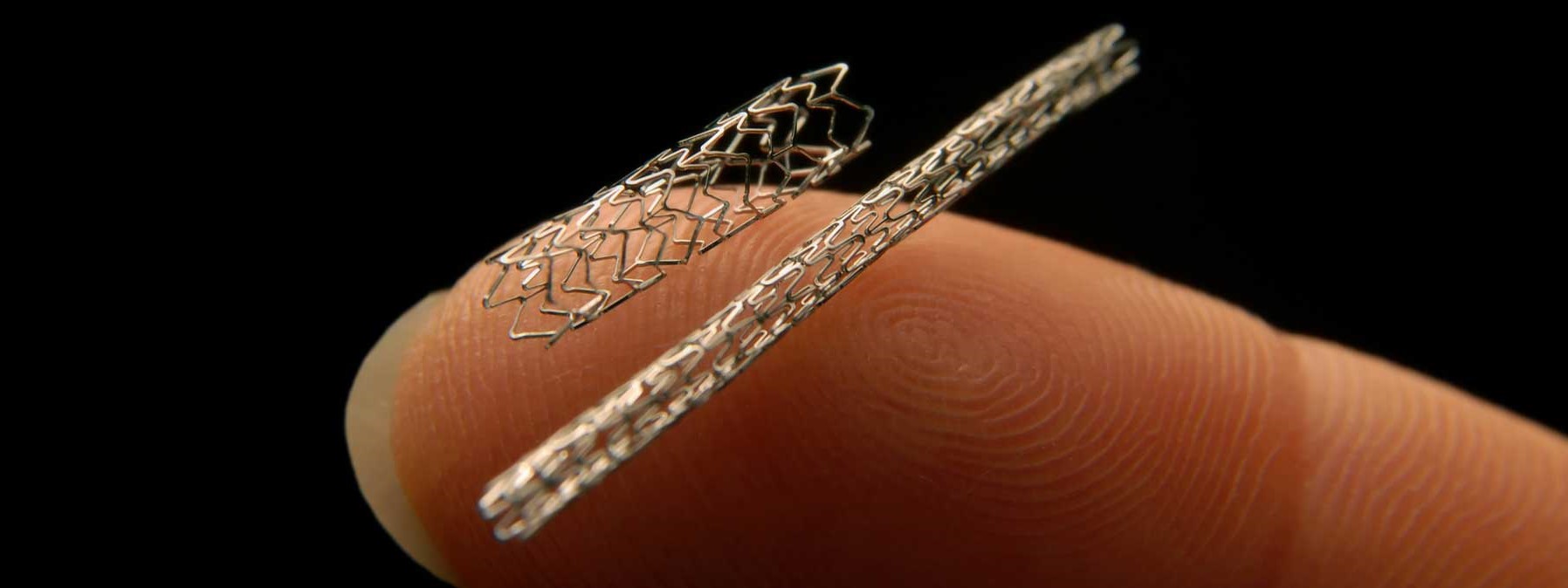
Angioplasty and Stents
As an interventional cardiologist, Dr Mthiyane is well-versed and experienced in catheter-type procedures such as coronary angioplasty and stents.
An angioplasty is a minimally invasive procedure used to widen blocked or narrowed blood vessels. The procedure entails inserting a thin tube with a small balloon tip, called a balloon catheter into a major blood vessel; usually, through an incision in the groin. Imaging tools such as tiny cameras, Xrays or an angiogram are used to carefully guide the instruments in real-time to the affected artery. A guidewire is pushed into and across the blockage. The balloon catheter follows the guidewire into the blockage. The balloon tip is inflated, which presses and flattens the plaque against the wall of the artery, stretching it open, and boosting blood flow to the heart. The balloon catheter is then carefully deflated and removed.
A stent is a tiny tube that is inserted into an artery, to act as a support structure and help keep a blood vessel open. Stents can be installed alone, or during or immediately after an angioplasty. The combined procedure begins the same way as an angioplasty. Both the balloon catheter and the stent are inserted. The balloon is inflated and the stent expands. The stent is installed permanently in the widened vessel. The balloon is then deflated and withdrawn, and blood is able to flow through more freely. Generally, stents are made of a metal mesh or plastic, but they can be made of a special fabric. Stents can also be coated with medication that aids in dissolving blockages.
Larger arteries use bigger stents called stent grafts. A stent can become blocked or damaged, just like blood vessels can. The risks of not getting a stent outweigh the risks associated with getting one, as limited blood flow can have serious or even deadly consequences.
